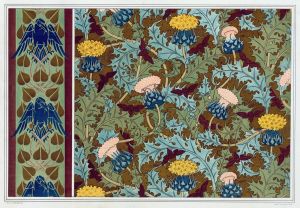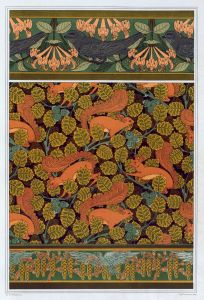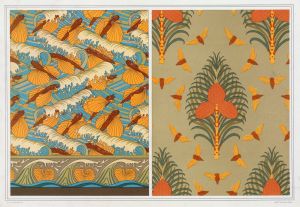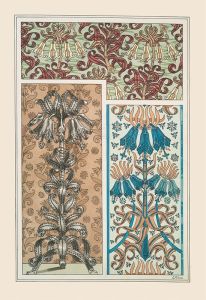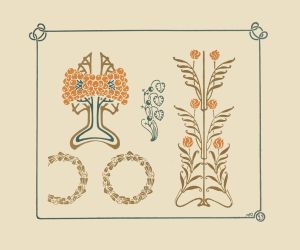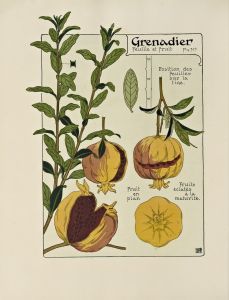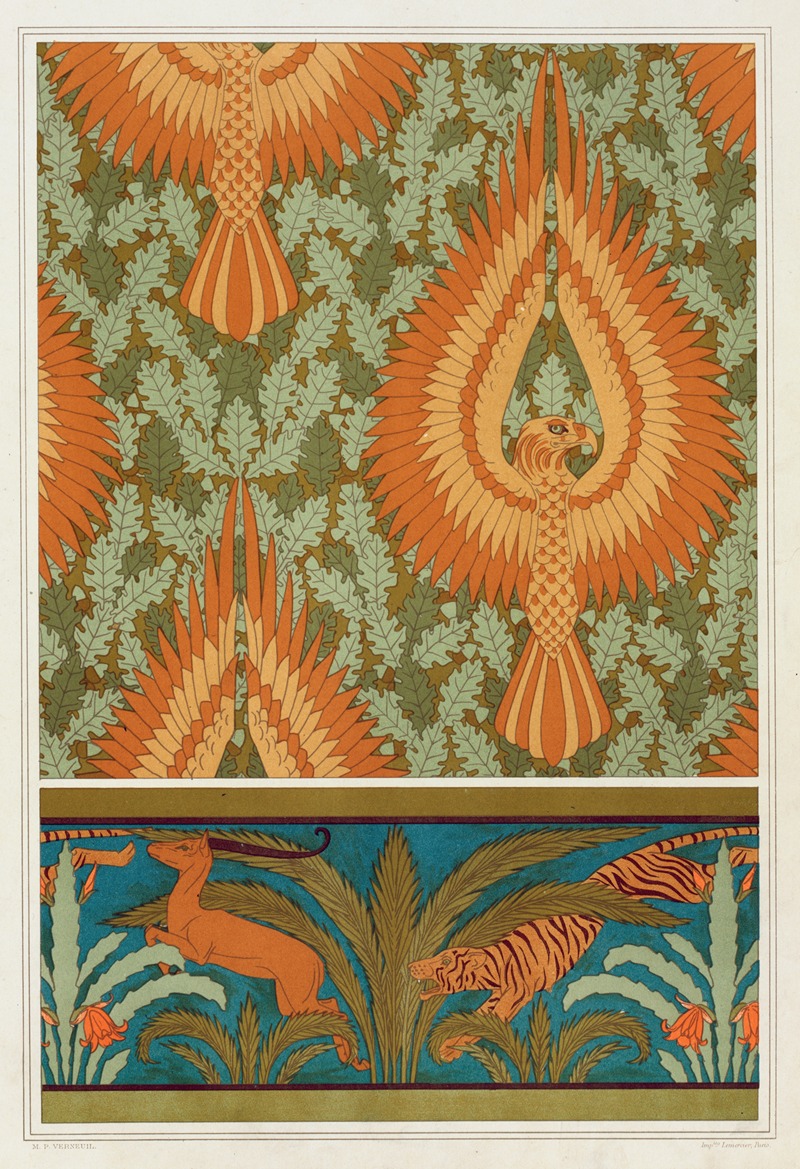
Aigles et chêne, papier peint. Antilopes, tigres, cactus et palmiers, bordure.
A hand-painted replica of Maurice Pillard Verneuil’s masterpiece Aigles et chêne, papier peint. Antilopes, tigres, cactus et palmiers, bordure., meticulously crafted by professional artists to capture the true essence of the original. Each piece is created with museum-quality canvas and rare mineral pigments, carefully painted by experienced artists with delicate brushstrokes and rich, layered colors to perfectly recreate the texture of the original artwork. Unlike machine-printed reproductions, this hand-painted version brings the painting to life, infused with the artist’s emotions and skill in every stroke. Whether for personal collection or home decoration, it instantly elevates the artistic atmosphere of any space.
Maurice Pillard Verneuil (1869–1942) was a French artist and designer known for his contributions to the Art Nouveau movement. He specialized in decorative arts, including wallpaper, textiles, ceramics, and graphic design. Verneuil was particularly recognized for his innovative use of natural motifs, drawing inspiration from flora and fauna to create intricate and stylized patterns.
The artwork "Aigles et chêne, papier peint. Antilopes, tigres, cactus et palmiers, bordure" is a wallpaper design created by Verneuil. The title, which translates to "Eagles and Oak, Wallpaper. Antelopes, Tigers, Cacti, and Palms, Border," reflects the artist's characteristic approach of combining diverse natural elements into a cohesive decorative composition. This design exemplifies Verneuil's ability to merge different species and plant forms into a harmonious and visually striking pattern, a hallmark of the Art Nouveau aesthetic.
Verneuil's work often showcased his fascination with the natural world, and he was influenced by the principles of Japanese art, particularly its emphasis on asymmetry, bold outlines, and the stylization of organic forms. These influences are evident in the intricate detailing and dynamic arrangement of the elements in "Aigles et chêne." The inclusion of animals such as eagles, antelopes, and tigers, alongside plant motifs like oak trees, cacti, and palm trees, demonstrates Verneuil's eclectic approach to design, blending elements from different ecosystems and regions.
The wallpaper design was likely intended for use in interior decoration, reflecting the Art Nouveau movement's goal of integrating art into everyday life. By incorporating such elaborate and nature-inspired patterns into functional objects like wallpaper, Verneuil contributed to the democratization of art, making it accessible to a wider audience. His designs were often published in pattern books and design manuals, which were widely distributed and used by architects, decorators, and craftsmen.
While specific details about the production or commission of this particular design are not readily available, it is consistent with Verneuil's broader body of work, which sought to celebrate the beauty of the natural world through ornamental design. His contributions to the decorative arts remain influential, and his works are studied as exemplary representations of Art Nouveau's emphasis on organic forms and the unity of art and design.
Maurice Pillard Verneuil's legacy endures through his innovative designs, which continue to inspire artists and designers. "Aigles et chêne, papier peint. Antilopes, tigres, cactus et palmiers, bordure" stands as a testament to his skill in transforming the natural world into artful and functional decorative patterns.





